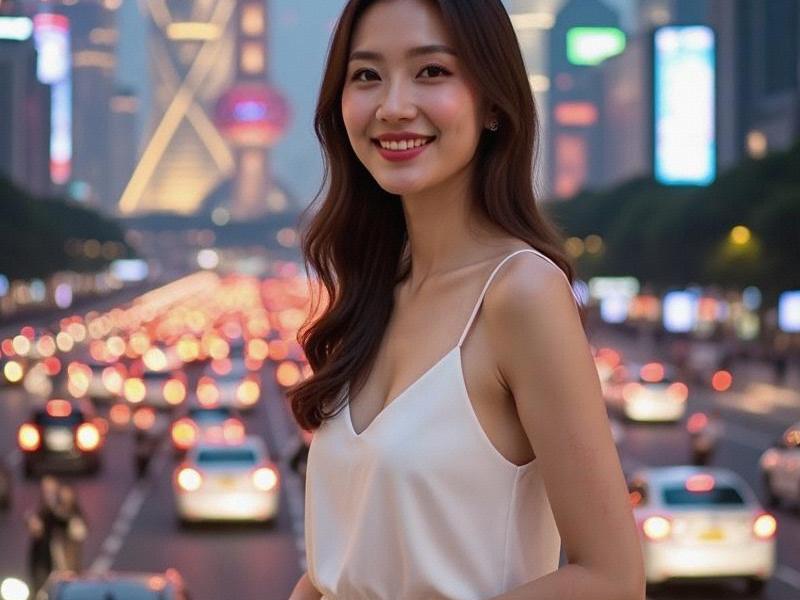
[The Shanghai Aesthetic Revolution]
At 7:30 AM in the French Concession, makeup artist Li Yating prepares for another day transforming clients into what she calls "the Shanghai ideal" - a delicate balance of East Asian features with Western-inspired styling. This daily ritual represents more than personal grooming; it's the performance of a cultural identity that has made Shanghai women globally recognized icons of Chinese femininity.
[Historical Foundations]
1. The Golden Era (1920s-1940s)
• Qipao silhouette standardization
• Western beauty product adoption
• "Calendar girl" phenomenon
2. Socialist Period (1950s-1970s)
• Austerity in fashion
• Functional beauty standards
• Gender-neutral clothing
3. Reform Era (1980s-Present)
• Cosmetic market liberalization
• Plastic surgery normalization
• K-beauty influence
[The Modern Shanghai Woman]
1. Demographic Profile
• Average age: 32.4 (urban core)
• 68% university educated
• 43% single by choice
• 82% dual-income households
上海龙凤419自荐 2. Beauty Expenditure
• ¥18,400 annual average
• 62% on skincare
• 28% on cosmetics
• 10% on procedures
3. Career Influence
• 39% managerial positions
• Luxury consumer decision-makers
• Beauty industry entrepreneurs
[Industry Analysis]
1. Market Size
• ¥84 billion beauty economy
• 3,200+ beauty salons
• 28 international cosmetic HQs
2. Trendsetting Power
• Micro-influencer ecosystem
• Live-streaming beauty queens
• Cosmetic surgery tourism
3. Cultural Export
• Shanghai-style bridal makeup
• "C-drama" beauty looks
• Luxury brand collaborations
上海龙凤419社区 [Social Perspectives]
1. Feminist Discourse
• Body positivity movements
• Anti-ageism campaigns
• Workplace appearance debates
2. Generational Shifts
• Millennial minimalism
• Gen Z gender fluidity
• Silver-haired influencers
3. Global Recognition
• International beauty pageants
• Fashion week regulars
• Cosmetic chemistry innovations
[Economic Impact]
1. Employment
• 420,000 beauty industry jobs
• 58% female-owned businesses
• 32% freelance professionals
2. Tourism
• Medical beauty vacations
• Shopping pilgrimage routes
• Beauty masterclass tourism
上海花千坊龙凤 3. Innovation
• AI skin analysis
• Sustainable packaging
• Custom 3D-printed cosmetics
[Future Projections]
1. Technological Integration
• Virtual try-on ecosystems
• DNA-based skincare
• Augmented reality makeup
2. Cultural Evolution
• Traditional revival trends
• Gender-neutral beauty
• Age-inclusive marketing
3. Sustainability Shift
• Clean beauty movement
• Refillable product systems
• Cruelty-free certification
[Conclusion]
The Shanghai woman's beauty journey mirrors the city's own transformation - honoring its graceful past while fearlessly innovating for the future. More than just a aesthetic standard, it represents a complex negotiation between cultural preservation and global citizenship, between personal expression and social expectation. As Shanghai solidifies its position as Asia's fashion capital, its women continue redefining what beauty means in modern China - not through imitation, but through confident synthesis of the best the world has to offer.
"Shanghai beauty isn't about looking Western or looking traditionally Chinese," observes cultural historian Dr. Evelyn Wong. "It's about looking distinctly Shanghainese - cosmopolitan yet rooted, polished yet approachable, a visual metaphor for the city itself."
